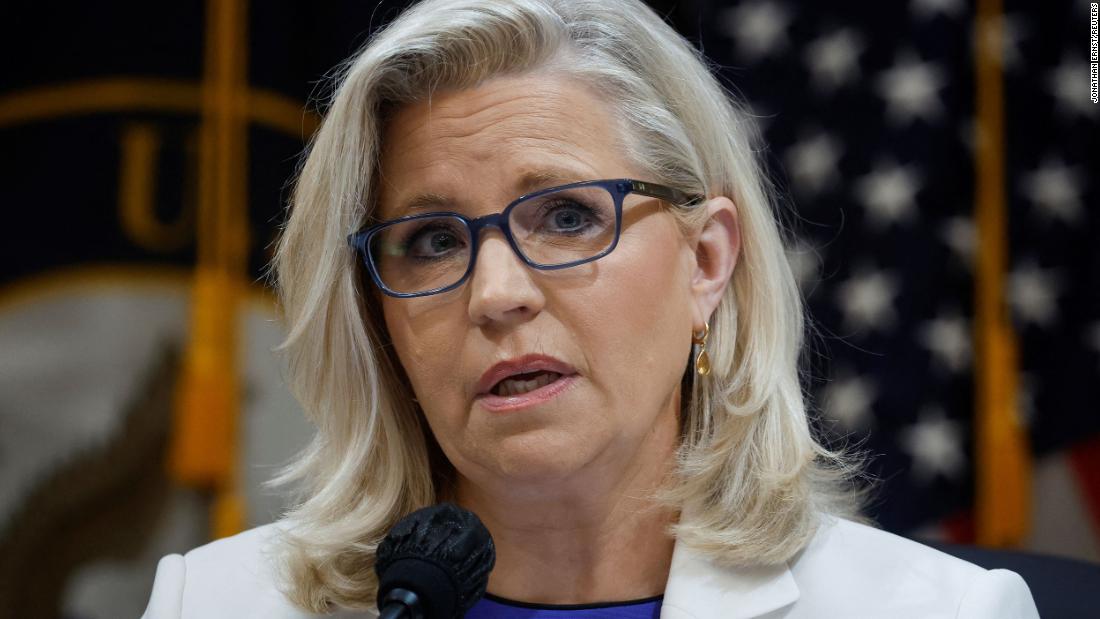

Cheney not only holds the distinction of being one of the 10 House Republicans who voted to impeach Donald Trump last year. As the vice chair of the House select committee investigating January 6, she has also consistently been the GOP’s most outspoken critic of the former President, costing Cheney her party leadership position.
To put it mildly, that’s left her in a less than ideal position politically, running against a primary challenger backed by Trump in a state where he won 70% of the vote in the 2020 election.
If Cheney is defeated Tuesday, she would join 11 other members of Congress who lost their primaries in the 2022 cycle due to a variety of factors. Here is how that group breaks down:
Incumbent v. incumbent races
The decennial redistricting cycle also contributed to an uptick in primary losses, as some members of Congress were drawn into a new district with a fellow incumbent of the same party.
Outflanked by the left
Even though he had often crossed party leadership, Schrader was backed by President Joe Biden and the House Democrats’ campaign arm. But he ultimately lost the primary in his newly redrawn district to progressive challenger Jamie McLeod-Skinner.
Mired in controversy
The final two members of the group lost their primaries after dealing with a series of ethical issues.
Even after Tuesday’s primary in Wyoming, several other members of Congress are at risk of losing their primaries. In New York, Democratic Reps. Jerry Nadler and Carolyn Maloney are facing off against one another as a result of redistricting on August 23. That same day, New York Democratic Rep. Mondaire Jones is also running in a brand new district.
The Point: The first election year after a redistricting cycle tends to see a higher number of incumbents lose primaries. Trump’s vengeance tour has added some extra fuel, ensuring the makeup of the next Congress will be quite different than the current one.
